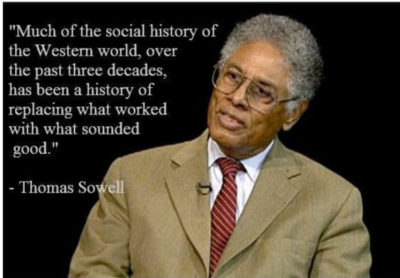The following article appears at American Thinker. It was written by Nathan Williamson, August 2, 2019. It is interesting because it describes the situation surrounding the U.S. dollar, debt and trade. Read it to understand what some of our not so friendly creditors are saying and doing. https://www.americanthinker.com/blog/2019/08/international_monetary_policy_going_for_gold_.html
Recently, the gold standard has received some renewed interest internationally that has largely gone unreported by the media here in the U.S. The Bank of Russia announced that it is exploring the development of a gold-backed crypto-currency through which to conduct international trade. https://www.coindesk.com/russian-central-bank-to-consider-gold-backed-cryptocurrency This announcement is particularly groundbreaking given Russia’s past opposition to the use and promotion of crypto-currencies.
It also came shortly after Malaysian prime minister Dr. Mahathir Mohamad — while at the Future of Asia Conference — proposed a gold-pegged East Asian currency https://eurasiafuture.com/2019/06/02/mahathir-mohamad-makes-incredibly-important-speech-endorsing-gold-standard/ as an alternative to the U.S. dollar, which he called unstable and prone to manipulation.
Additionally, a recent investment strategy article from J.P. Morgan https://privatebank.jpmorgan.com/gl/en/insights/investing/is-the-dollar-s-exorbitant-privilege-coming-to-an-end?fbclid=IwAR0TmWJsqvOnqMGdSpmxAh8HsTzXOEIMKSXrThS1VtXOVO3AGl4reCU8AOQ points out that while the dollar as a share of central bank reserves has been on a steady decline for the last 11 years, gold reserves are growing. According to the article:
“Central banks across the globe are also adding to gold reserves at their strongest pace on record. 2018 saw the strongest demand for gold from central banks since 1971 and a rolling four-quarter sum of gold purchases is the strongest on record.”
These stories highlight the growing frustrations felt by other nations over the U.S. dollar’s unsteady value. Russia has already been slashing its U.S. dollar reserves amid sanctions https://www.ft.com/content/4f599984-14da-11e9-a581-4ff78404524e from the United States. With the value of the ruble on a steady decline since January, having a currency anchored to gold would alleviate problems in Russia due to disruptive fluctuations in the dollar.
In Malaysia, Dr. Mahathir further elaborated on the problems caused by dollar dependency in trade. On facilitating trade in Asia, he stated, “At the moment we have to depend upon the U.S. dollar but the U.S. dollar is also not stable. So the currency that we propose should be based on gold because gold is much more stable.” And while moving to gold would grant these nations more ease of trade by reducing the impact of constantly shifting exchange rates, the biggest takeaway here is that a lack of stability in the U.S. dollar is driving distrust in our current monetary system. The Fed’s recent about-face on its own rate hike certainly doesn’t add confidence, either.
Does this mean that international faith in the dollar is starting to show signs of waning? While the dollar doesn’t seem poised to lose its reserve currency status any time soon, J.P. Morgan warns that over a longer term, “[t]he U.S. dollar could become vulnerable to a loss of value relative to a more diversified basket of currencies, including gold.” Furthermore, one need only review the value of the dollar over time to see that its purchasing power https://www.usinflationcalculator.com/ has declined by more than half in the last 30 years alone. This depreciation in value has pushed many to search for fixes caused by the problem of our floating currency. There’s little doubt that it’s driving the most recent spike in gold prices and a renewed crypto-craze.
What we’re seeing — not just in Russia and Malaysia, but also in the central banks growing their gold reserves — is a renewed interest in sound money on an international scale. The U.S. should not take for granted the “exorbitant privilege” that comes with being the world’s reserve currency and should use this renewed global interest in sound money to pave the way forward by returning our currency to a stable, gold backing.
We led the world into the Bretton Woods monetary system that ushered in nearly three decades of relative monetary stability and booming economic growth compared to what we have experienced since Nixon closed the gold window. While the U.S. dollar is in no immediate danger of losing its world reserve currency status, the U.S. should take the expedient path of restoring the faith of the global monetary system sooner rather than later.
